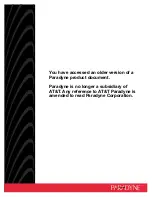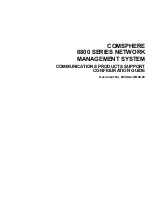
Guide bush
fitted to
router.
E
d
D
Template
FORMULA
(D-d)
E = 2
-13-
Using the Guide Bush
The 16mm guide bush (1) is fastened to the
router’s base from beneath using the two M5
countersunk machine screws (2) supplied.
Routing with a Template
The guide bush is used in conjunction with a
template when the routing operation is repetitive
or the workpiece is complex in shape. The
template is fixed to the upper surface of the
workpiece. A cutter is chosen with a diameter
which will pass through the centre of the bush
leaving enough clearance. The cutter can be
straight or shaped. The router can then be
guided around the template so that the shape of
the template will be replicated.
Making the Template
The template is cut from 6mm or
1
/
4
” MDF,
plywood or plastic to the shape required. The
guide bush offset needs to be allowed for when
calculating the shape of the template. The
template must be smaller by an amount equal to
the difference between the ‘outer edge of the
guide ring’ and the ‘outer edge of the cutter’.
See below for the offset calculation. The edge of
the template must be free of imperfections as
these will be replicated in the final workpiece.
Making a Router Stand Block
When using a guide bush a useful aid is a router
stand block. This is simply a piece of scrap
timber with a hole large enough to take the
protruding guide bush and cutter. This will allow
the router to stand up safely between operations.
Calculations for template offset
Template
Template
guide bush
Workpiece
Guide
bush ring
Cutter
T4
Using a template
to rout an edge
straight.
Alternatively it can
be used for cutting
shapes or making
panelling grooves.
2
1
In some instances the cutter may
project below the guide bush, so
ensure a router stand block is used.
When using a T4 with a Hinge Jig a
universal sub-base Ref. UNIBASE is
recommended.
MANU/T4 v2.0 30/8/07 1:08 pm Page 13








































